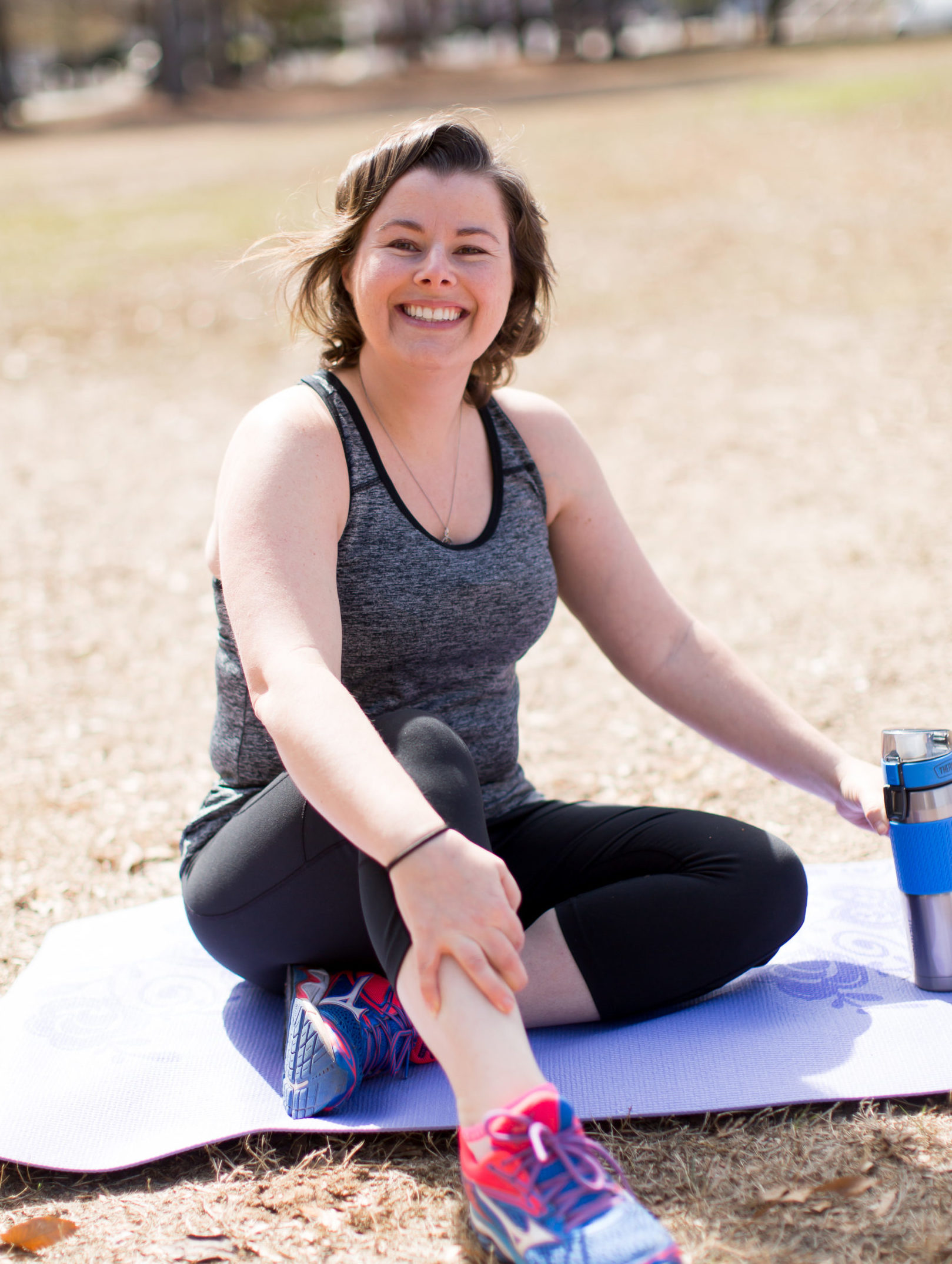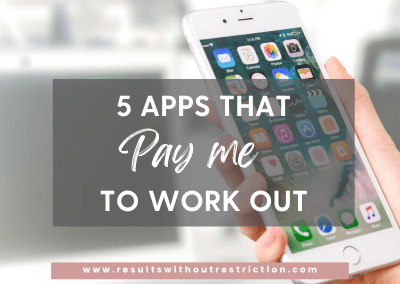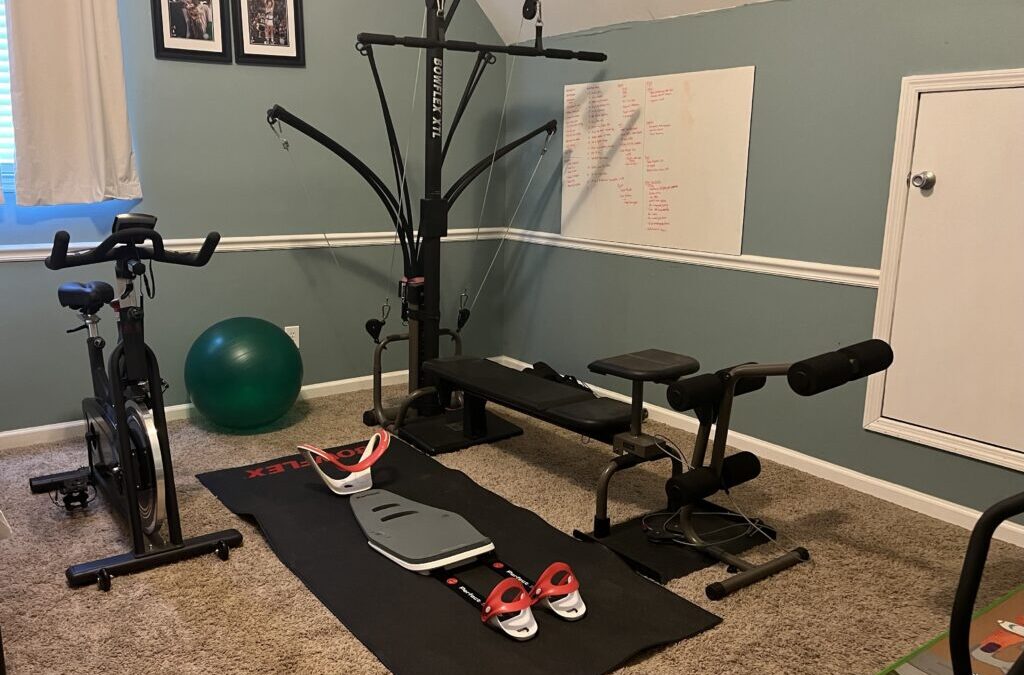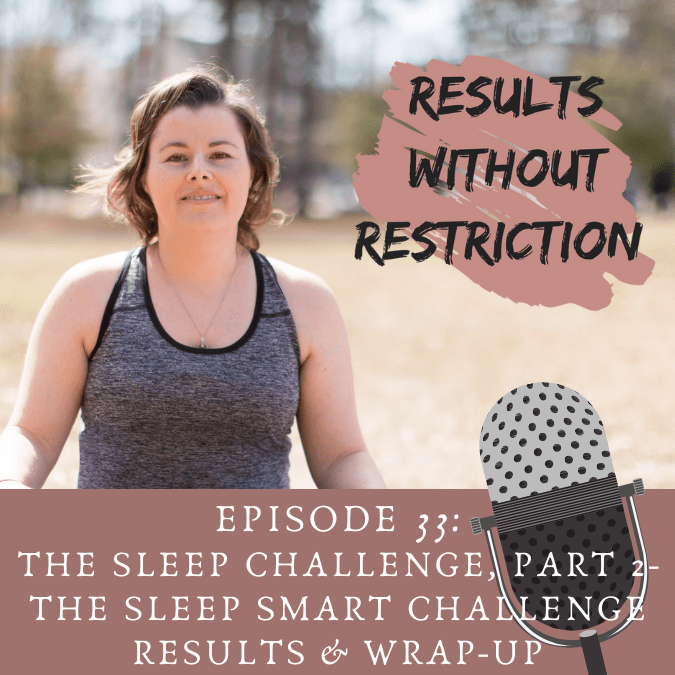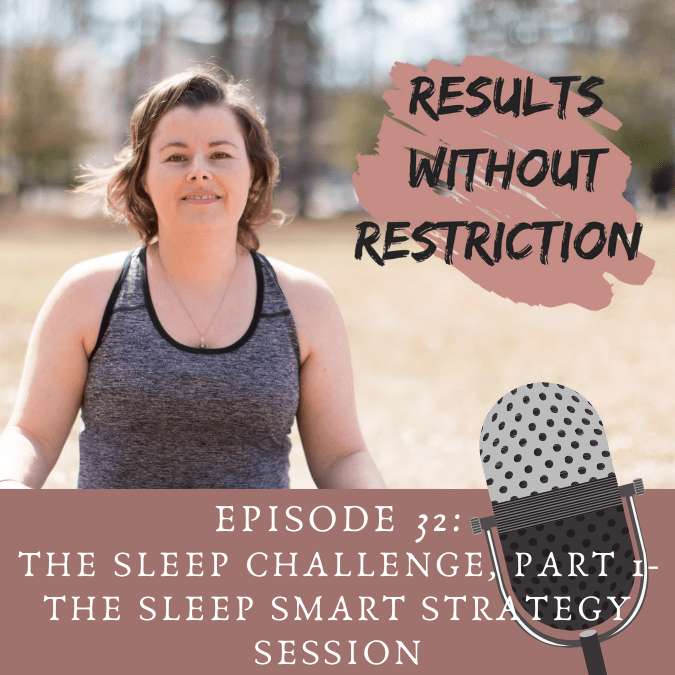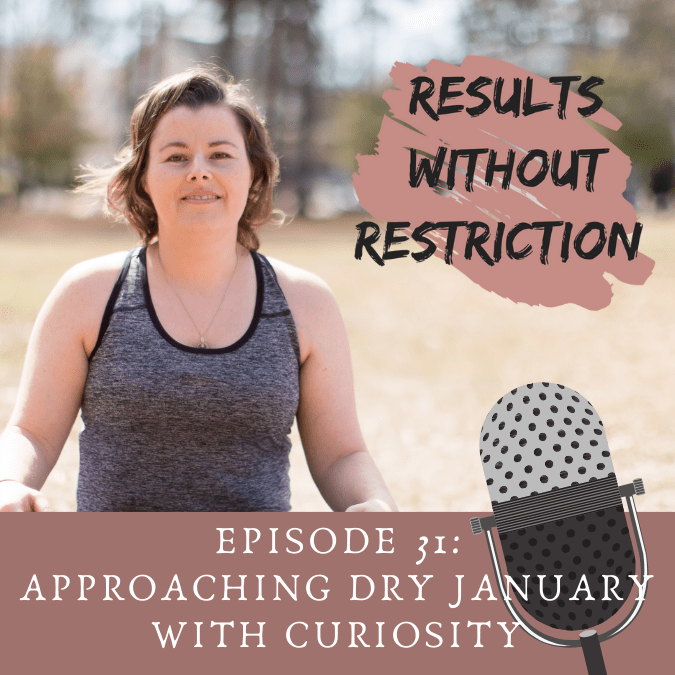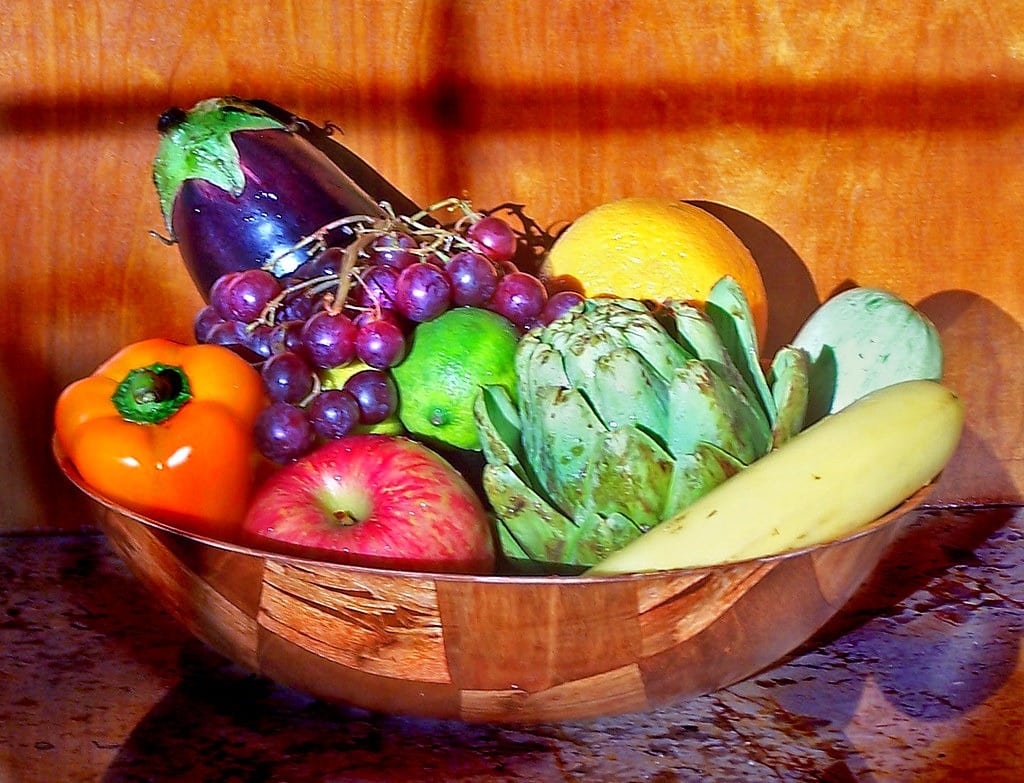
Gentle nutrition is the final principle of intuitive eating and often the most misunderstood. I want to explain how it works, why it isn’t restrictive, and how it helps you create a flexible, sustainable approach to food that supports your well-being.
If you’ve ever wondered how health goals and food freedom can coexist, this guide is for you.
Table of Contents
#1: What Is Gentle Nutrition?
Gentle nutrition is the tenth and final principle of intuitive eating, and it’s often where people start asking, “But what about health?” The truth is: intuitive eating does support health but in a very different way than diet culture teaches.
Gentle nutrition is all about learning how to nourish your body with intention without guilt, shame, or obsession. It helps you make food choices that feel good physically and emotionally because satisfaction and flexibility are part of health, too.
It’s not about choosing “clean” foods or cutting carbs. It’s about adding what supports you, noticing how food makes you feel, and letting go of the pressure to be perfect.
#1: Why Is it the Last Principle of IE?
You might be wondering why nutrition isn’t the first step in intuitive eating. That’s because most of us come into this journey with a backlog of diet rules, food fears, and deeply ingrained beliefs about what “healthy eating” should look like.
Jumping to nutrition too soon can easily trigger old patterns like tracking, restriction, or labeling food as “good” or “bad.” That’s why gentle nutrition comes after you’ve had a chance to:
- Reject the diet mentality
- Make peace with food
- Reconnect with hunger, fullness, and satisfaction
- Learn to trust your body again
By the time you arrive at gentle nutrition, your relationship with food is more neutral—and that gives you the clarity and space to explore health in a way that feels grounded and supportive.
#3: Nutrition Without Rules
Think of gentle nutrition as freedom inside a framework.
There’s no strict plan. No macro ratio. No “off-limits” list. Just awareness, curiosity, and informed choices.
Instead of asking, “What’s the healthiest option?” you start asking:
- “How do I want to feel after this meal?”
- “What would add nourishment and satisfaction right now?”
- “What small tweak would support my energy today?”
For example:
- You might add a handful of greens to your pasta, not because you have to, but because you know that they contain micronutrients and fiber that help your body feel good.
- You might add protein to your breakfast, not to cut carbs, but because you’ve noticed that starting your day with both protein AND carbs helps you avoid a mid-morning brain fog.
- You might plan your snacks ahead of time not to restrict what you can eat, but because your afternoon is busy and you don’t want to be left hangry and making reactive choices.
None of these choices come from guilt. They come from experience and body trust.
#4: It’s a Skill, Not a Rulebook
Unlike dieting, which relies on external rules and perfectionism, gentle nutrition is a long-term skill you build with practice. It allows space for real life: stress, cravings, preferences, cultural foods, and fun.
And just like any skill, some days you’ll feel more connected to it than others and that’s okay.
There are no gold stars. No “bad” days.
Just opportunities to check in, experiment, understand, and move forward.
Final Thoughts
You’re allowed to care about nutrition. You’re allowed to have health goals. And you’re allowed to do all of that without falling back into restrictive eating practices.
Gentle nutrition is about respecting your body, not trying to control it.
It’s about building a relationship with food that’s rooted in trust, not tension.
It’s about honoring health without dieting and finally making peace with the plate.
Frequently Asked Questions
Is gentle nutrition the same as ‘healthy eating’?
Ehhhh, not ‘exactly’.
While they overlap, gentle nutrition goes beyond just food choices. It considers your mental health, relationship with food, time, energy, food access, and satisfaction. “Healthy” eating isn’t helpful if it causes stress or leads to restriction.
Can I follow gentle nutrition and still have nutrition goals?
Yes! In fact, gentle nutrition is how intuitive eaters pursue nutrition goals. The difference is that those goals come from self-care not self-control.
You can want more energy, fewer crashes, better digestion, or more consistent meals without needing to diet to get there.
How do I know if I’m ready for gentle nutrition?
If you’ve started to release food guilt, stopped labeling foods as “good” or “bad,” and feel more attuned to your hunger and fullness, you may be ready to begin exploring gentle nutrition. It’s okay to take it slow, it’s a progression, not a test.
Will gentle nutrition help with weight loss?
Weight loss is not the goal of intuitive eating or gentle nutrition. That said, your body may change as you learn to nourish it consistently and respectfully. The focus is on building a stable, supportive relationship with food and health, regardless of size.
What else should I know about Intuitive Eating?
Check out my post “6 Surprising Truths About Intuitive Eating Basics (Before You Dismiss It) to find out a few more things that might surprise you about Intuitive Eating!





